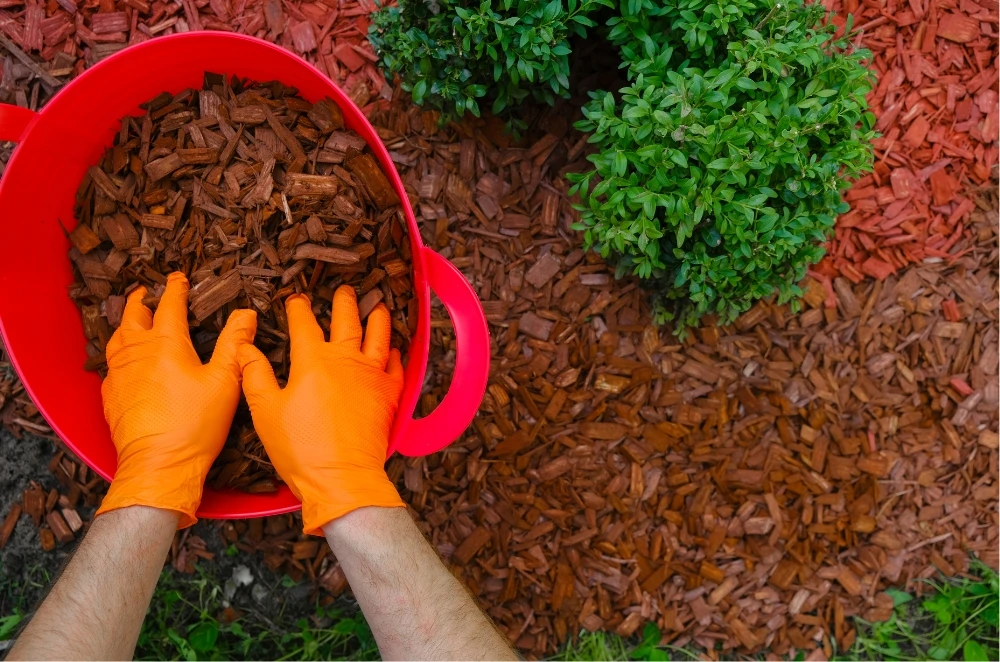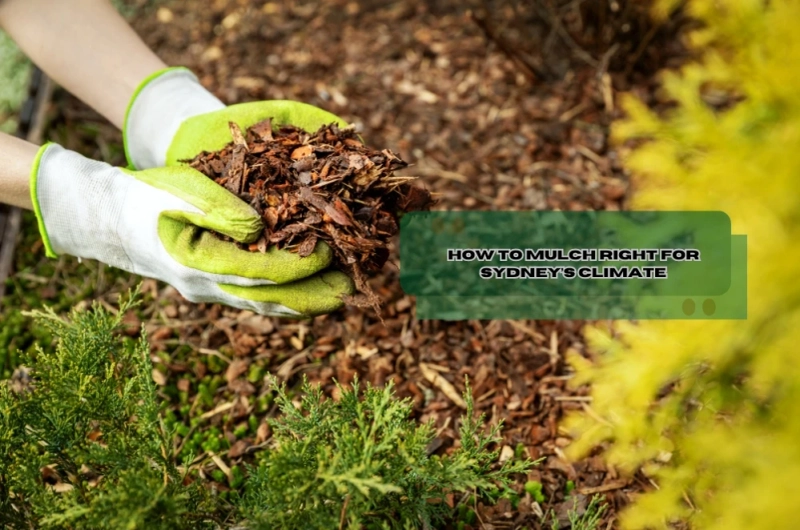If you have spent even a single summer in Sydney with a thirsty garden, you know how essential mulching services can be. Mulch is not just a pretty layer to hide the soil. When applied correctly, it can drastically improve water retention, suppress weeds, and moderate temperature extremes—especially crucial in Sydney’s unpredictable weather.
So, how do you actually mulch “right”? What type should you choose? And when’s the best time to lay it down? In this guide, we will unpack all of that, with a special focus on Sydney’s unique coastal climate.
Why mulching is a must in Sydney’s coastal conditions
Sydney’s gardens deal with more than just dry spells. With coastal humidity, sudden downpours, and longer warm seasons, your soil faces a constant push and pull between saturation and drought. Mulch acts as a buffer.
Here’s what it helps with:
- Keeps roots cooler during heatwaves and warmer during winter
- Slows down evaporation, meaning less frequent watering
- Creates a barrier against erosion during heavy rain
- Improves soil structure and nutrient levels over time
When I first moved into my inner-west rental with a compact courtyard garden, I underestimated what a thin mulch layer could do. Within a few weeks of mulching, I noticed fewer weeds and a massive drop in how often I had to water my potted citrus.
Choosing the right mulch for Sydney gardens

The mulch you use is just as important as how you use it. Sydney’s climate favours some types of mulch over others, depending on your garden’s needs and what you are planting.
Organic mulch (recommended for most home gardens)
- Sugarcane mulch: Fast breaking, great for veggie patches
- Lucerne or pea straw: Adds nitrogen, ideal for roses or edible gardens
- Eucalyptus or hardwood chip: Longer lasting, good for paths and ornamentals
Inorganic mulch
- Pebbles or gravel: Low maintenance, great for succulents or fire-prone areas
- Rubber mulch: Not typically recommended for natural gardens, but used in some playgrounds
If you’re planting native species, go for mulch that mimics bushland floor debris, like shredded bark or tea tree. For high-yield veggie beds, composted straws will feed the soil as they decompose.
When is the best time to mulch in Sydney?
Timing your mulch application can make a noticeable difference. Late autumn or early spring is considered an ideal time to lay fresh mulch. These windows help lock in moisture before the harsher seasons hit.
Here is a simple seasonal guide:
- Autumn: Preps your garden for winter, limits temperature swings
- Spring: Retains moisture heading into warmer months
- Summer: Can be done, but water deeply before and after
- Winter: Still okay, especially for frost protection in the western suburbs
If your beds are bare or exposed after harvest or a replant, do not wait for the perfect season. Bare soil dries out and compacts quickly. Just make sure the soil is moist before you apply.
How to mulch properly
I used to think mulching was as simple as dumping a pile and spreading it around. Turns out that method caused more harm than good. Here are five things you want to get right:
•Do not pile it against stems or trunks – It causes rot and pest issues
•Use the right thickness – Aim for 5 to 7 centimetres
•Wet the soil before mulching – Traps moisture better
•Leave space around young seedlings – Prevents fungal growth
•Top up yearly – Organic mulch breaks down over time
Using mulch as a weed suppressant? Lay down a layer of wet newspaper or cardboard underneath. It’ll smother seed germination and eventually decompose into the soil.
Why mulch and soil health go hand in hand
Healthy soil is the backbone of a productive garden, and mulch plays a direct role in that. As organic mulch breaks down, it boosts microbial activity, adds humus, and even increases worm presence.
Before mulching, it is smart to get your soil assessed. Services like soil testing for home gardens offered by the NSW Department of Primary Industries can give you insights into your garden’s nutrient levels and structure. That means you can choose mulch that complements, not complicates, your soil’s existing condition.
My switch-up story: Bark out, lucerne in
I’ll be honest. I used to think decorative bark mulch was enough. It looked tidy, lasted ages, and didn’t blow around. But my citrus trees were struggling — leaves pale, fruit not forming.
After some reading and a chat with a local garden centre, I swapped in lucerne mulch. I loosened the soil, added a bit of compost, and layered on the mulch. A few weeks later? The trees perked up. The difference was night and day. Sometimes, it’s the simple switch that turns things around.
Keeping mulch fresh and functional
Mulch isn’t something you put down once and forget. If you want it to keep working, show it a bit of love.
Here’s how:
- Check the thickness every few months
- Rake the top layer occasionally to prevent matting
- Top up with fresh mulch once a year
- Clear any mulch touching stems or trunks
Organic mulch will break down over time — that’s a good thing. It means your soil is alive. Just don’t let it get so thin that weeds start creeping back in.
Going deeper: Finding the right mulch for your garden type
Choosing the best mulch for gardens really depends on your soil and what you're growing. If you’re in a bushfire zone, go for gravel or composted mulch that won’t spark. Growing veggies? Softer, straw-based options work better. The more you tailor your mulch, the less you’ll have to do later.
Check out council green waste programs, too many offer free mulch, already acclimated to local soil.
Winter mulching for plants needs extra warmth as temperatures drop. There’s no big secret to great mulching, just a few smart choices and a bit of timing. Once you get the hang of it, your garden practically starts taking care of itself. Less watering, fewer weeds, healthier soil. And the best part? You can spend more time enjoying the space instead of fixing it.



